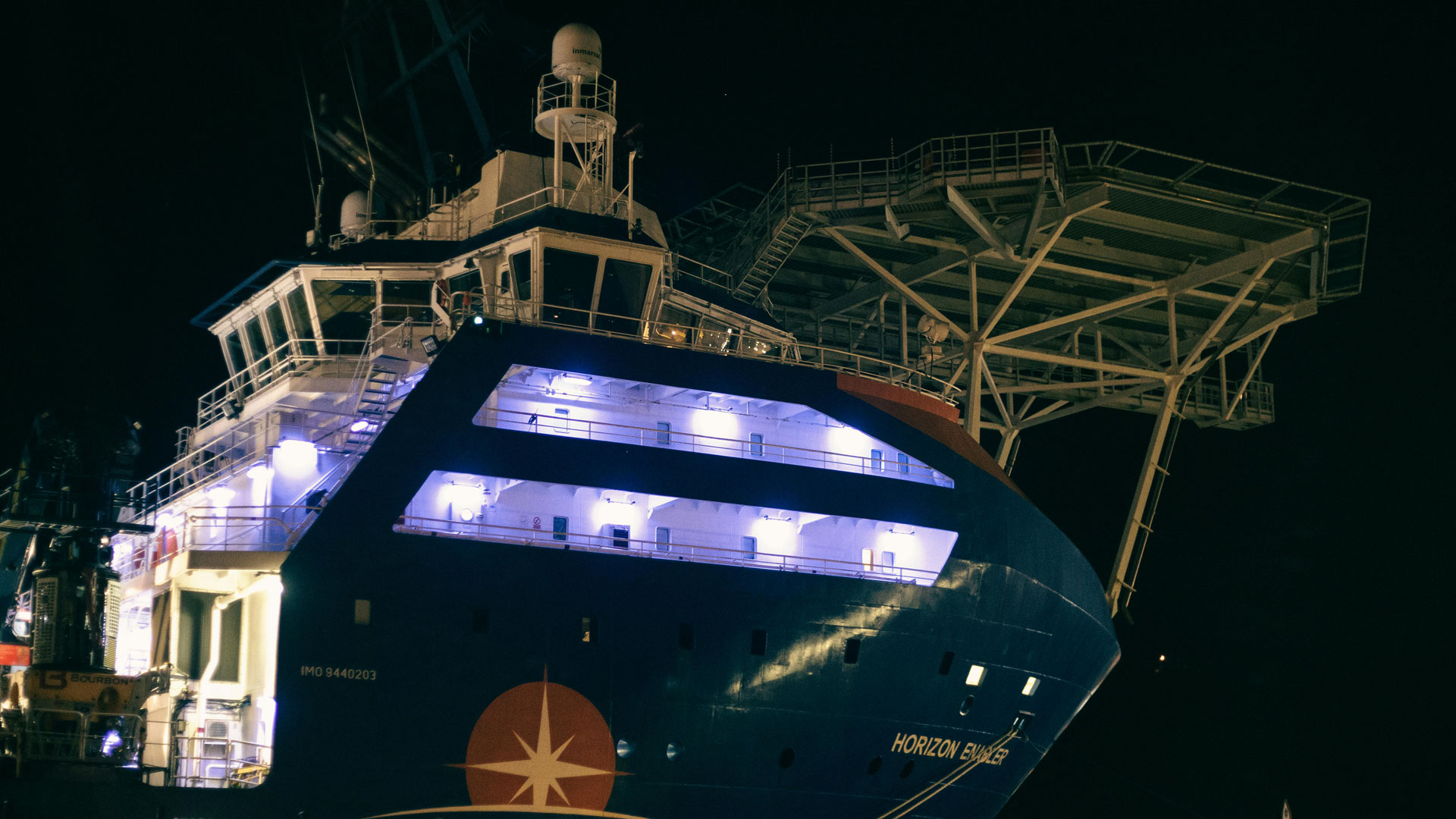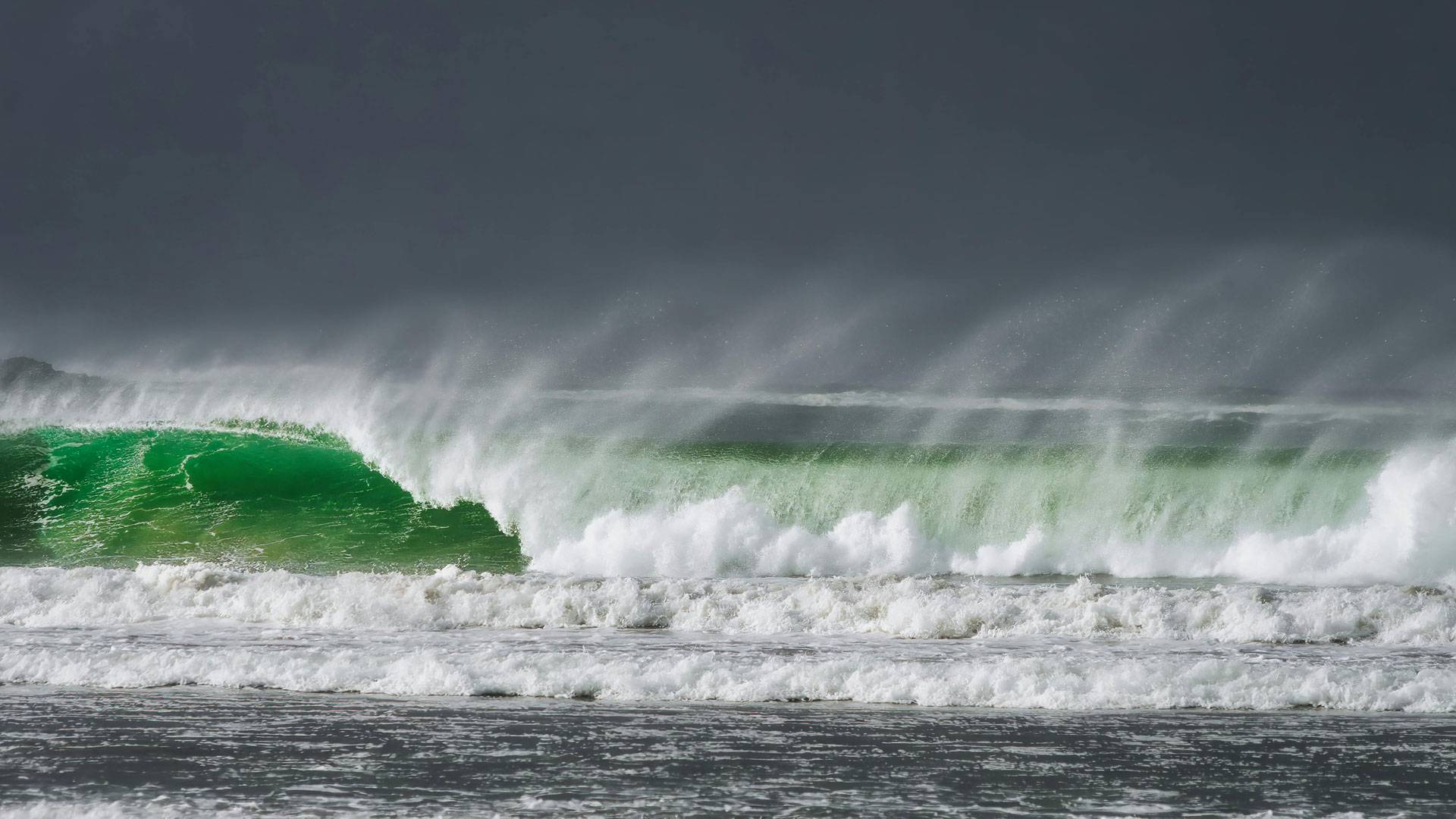Drake Passage Sailing: Embarking on an Epic Adventure

Drake Passage sailing is an exhilarating experience that combines stunning natural beauty, unpredictable weather, and a rich maritime history. Located at the tip of South America, this 500-mile waterway connects the Atlantic and Pacific Oceans, separating Cape Horn from the South Shetland Islands. For centuries, sailors and explorers have braved the treacherous waters of Drake Passage, drawn by its strategic importance and breathtaking scenery. The passage is named after Sir Francis Drake, the English privateer who navigated these waters in the 16th century.
The Drake Passage sailing route is renowned for its extreme conditions, pushing even the most seasoned sailors to their limits. Unpredictable weather patterns, with winds gusting up to 100 km/h, make navigation challenging. Towering waves, icebergs, and sea ice pose significant risks to vessels, requiring constant vigilance. The remote location, far from coastal rescue services, demands self-sufficiency and preparedness. Despite these challenges, the rewards are immense: unspoiled landscapes, teeming with wildlife, and the sense of accomplishment that comes with conquering one of the world’s most iconic sailing routes.
The allure of Drake Passage sailing extends beyond adventure seekers. Scientists and researchers flock to the region to study the unique ecosystems and climate conditions. The passage plays a critical role in global ocean circulation, influencing weather patterns and marine life. By sailing Drake Passage, researchers can gather valuable data on oceanography, glaciology, and wildlife conservation.
To tackle the Drake Passage sailing challenge, careful planning and preparation are essential. Sailors must consider the best time to sail, typically during the Austral summer (November to March), when temperatures are relatively mild and days are longer. Preparation involves assembling an experienced crew, choosing a sturdy, ice-class vessel, and packing essential gear and supplies. Understanding weather forecasts, sea conditions, and safety protocols is vital to navigating the passage safely.
In this article, we’ll delve into the fascinating history of Drake Passage sailing, exploring the pioneers who first navigated these waters. We’ll examine the challenges and safety considerations, providing expert tips and strategies for a successful journey. We’ll also highlight the best time to sail, preparation essentials, and the breathtaking wildlife and scenic highlights that make Drake Passage sailing an unforgettable experience.
Whether you’re an experienced sailor, a researcher, or an armchair adventurer, join us on this journey through the majestic Drake Passage. Discover the thrill of sailing one of the world’s most iconic waterways and the wonders that await in this vast, untamed landscape.
Drake Passage: A Strategic Waterway
Drake Passage, a 500-mile (800 km) wide waterway, connects the Atlantic and Pacific Oceans between Cape Horn, Chile, and the South Shetland Islands, Antarctica. This strategic passage separates the southernmost tip of South America from the Antarctic Peninsula.

Geography and Climate
Drake Passage is characterized by:
- Unpredictable weather: Strong winds, massive waves, and icebergs.
- Cold temperatures: Averages range from 32°F (0°C) to 43°F (6°C).
- Remote location: Far from coastal rescue services.
History
Named after Sir Francis Drake, who navigated the passage in 1578, Drake Passage played a crucial role in:
- Maritime trade: Connecting Europe to Asia.
- Exploration: Facilitating Antarctic discovery.
- Scientific research: Studying oceanography, glaciology, and wildlife.
Importance
Drake Passage remains vital for:
- Global ocean circulation: Influencing weather patterns.
- Marine life: Supporting diverse ecosystems.
- Scientific research: Advancing climate change understanding.
Challenges
Sailing Drake Passage poses significant challenges:
- Harsh weather conditions.
- Icebergs and sea ice.
- Remote location.
Navigation
To navigate Drake Passage safely:
- Choose a sturdy, ice-class vessel.
- Assemble an experienced crew.
- Monitor weather forecasts.
- Plan for contingencies.
Conservation Efforts
To protect the fragile ecosystem:
- International agreements regulate shipping.
- Protected areas preserve wildlife habitats.
- Research initiatives promote sustainability.
Tourism and Exploration
Drake Passage attracts:
- Adventure seekers.
- Scientists.
- Wildlife enthusiasts.
Explore Drake Passage through:
- Cruises.
- Sailing expeditions.
- Research programs.
Challenges of Sailing Drake Passage
Sailing Drake Passage is an extraordinary adventure that pushes sailors to their limits. The passage’s unique combination of geography, climate, and isolation demands careful preparation, skill, and resilience. Located at the tip of South America, Drake Passage connects the Atlantic and Pacific Oceans, separating Cape Horn from the South Shetland Islands.

1. Unpredictable Weather
Drake Passage is notorious for its unpredictable and extreme weather conditions. Sudden storms can arise without warning, bringing:
- High winds exceeding 100 km/h
- Massive waves over 10 meters
- Temperature fluctuations
- Reduced visibility
Weather forecasts are crucial, but conditions can change rapidly. Sailors must stay vigilant, monitoring:
- Weather reports
- Barometric pressure
- Wind direction
- Wave patterns
2. Strong Winds and Currents
Drake Passage is characterized by powerful winds and currents that can:
- Reach speeds of up to 4 knots
- Create massive waves
- Make navigation challenging
Sailors must be prepared for:
- Reefing sails to reduce wind exposure
- Adjusting course to compensate for currents
- Securing equipment to prevent damage
3. Icebergs and Sea Ice
Icebergs and sea ice pose significant risks to vessels. Hidden or difficult-to-detect icebergs can:
- Cause catastrophic collisions
- Damage propellers and hulls
Sea ice can:
- Slow or block progress
- Trap vessels
Crews must:
- Monitor ice reports and forecasts
- Use radar and visual inspections
- Alter course to avoid hazards
4. Remote Location
Drake Passage is far from:
- Coastal rescue services
- Medical facilities
- Communication networks
Sailors must:
- Carry emergency supplies (food, water, first aid)
- Have a contingency plan for emergencies
- Stay connected via satellite communication
5. Physical and Mental Endurance
Sailing Drake Passage demands:
- Physical stamina for rough conditions
- Mental resilience for isolation and uncertainty
- Teamwork and communication
Crews must:
- Train and prepare physically and mentally
- Manage sleep, nutrition, and stress
- Maintain morale and teamwork
Preparation and Safety Measures
To overcome these challenges:
- Choose a sturdy, ice-class vessel designed for polar navigation.
- Assemble an experienced, well-trained crew.
- Plan for contingencies and emergencies.
- Monitor weather forecasts and ice reports.
- Stay connected via satellite communication.
Best Practices
- Sail with an experienced guide or crew familiar with Drake Passage.
- Attend safety briefings and workshops.
- Stay informed about weather and ice conditions.
- Maintain vessel and equipment condition.
- Prioritize crew safety and well-being.
Preparing for the Journey: Conquering Drake Passage
To tackle the formidable Drake Passage, thorough preparation is crucial. A well-planned expedition ensures a safe and successful journey, minimizing risks and maximizing the thrill of exploring one of the world’s most remote and awe-inspiring regions.

I. Choose a Sturdy, Ice-Class Vessel
Selecting the right vessel is paramount:
- Ice-class hull designed to withstand ice impacts and harsh weather
- Reinforced structure for stability and durability
- Advanced navigation and communication systems for safe passage
- Propulsion and fuel efficiency for optimal performance
Consider factors like:
- Vessel size and capacity to accommodate crew and supplies
- Safety features, such as emergency beacons and life rafts
- Crew amenities and comfort to maintain morale
Research and inspect potential vessels:
- Review certification and compliance with regulatory standards
- Assess maintenance and repair records
- Consult with previous crew members or owners
II. Assemble an Experienced Crew
Gather a skilled and seasoned team:
- Experienced captain and navigators with polar expertise
- Engineers and mechanics familiar with vessel systems
- Medical professionals for emergency care and advice
- Communication specialists for satellite connectivity
Ensure crew members:
- Have polar navigation experience and certifications
- Understand emergency procedures and protocols
- Can work effectively in harsh, isolated conditions
- Possess essential skills, such as first aid and engine repair
Conduct thorough background checks and interviews:
- Assess experience and qualifications
- Evaluate teamwork and communication skills
- Discuss expectations and roles
III. Plan for Contingencies
Develop a comprehensive emergency plan:
- Identify potential risks, such as ice collisions or medical emergencies
- Establish communication protocols for crisis situations
- Designate emergency roles and responsibilities
- Prepare for evacuation scenarios and emergency repairs
Create a contingency budget:
- Allocate funds for unexpected expenses
- Identify potential costs, such as emergency repairs or medical evacuations
IV. Pack Essential Gear and Supplies
Bring necessary equipment and provisions:
- Safety gear, such as life rafts, EPIRBs, and flares
- Navigation tools, including charts, compasses, and GPS
- Communication devices, such as satellite phones and radios
- Emergency rations and medical supplies
- Warm clothing and protective gear for crew members
Consider factors like:
- Vessel storage capacity and logistics
- Supply chain management and procurement
- Crew needs and preferences for comfort and morale
V. Study Weather Forecasts and Sea Conditions
Monitor:
- Weather forecasts and warnings from reliable sources
- Sea state and ice reports from research stations and buoys
- Wind and current patterns affecting navigation
Utilize:
- Satellite imagery and radar for real-time data
- Weather modeling software for predictive analysis
- Real-time data from research stations and buoys
VI. Additional Preparations
- Obtain necessary permits and certifications
- Conduct vessel inspections and maintenance
- Test communication and navigation systems
- Plan for waste management and environmental compliance
Best Practices
- Attend pre-departure briefings and workshops.
- Consult with experienced sailors and polar experts.
- Stay updated on weather and ice conditions.
- Maintain vessel and equipment condition.
- Prioritize crew safety and well-being.
Best Time to Sail Drake Passage: A Seasonal Guide
Drake Passage’s harsh climate and unpredictable weather make timing crucial for a successful sailing expedition. Understanding the seasonal variations will help you plan and prepare for an unforgettable adventure.

Seasonal Overview
Drake Passage experiences four distinct seasons:
- Austral Summer (November to March): Warmest months, with temperatures ranging from 32°F (0°C) to 45°F (7°C). Expect:
- Longer daylight hours (up to 20 hours)
- Relatively calm seas
- Access to Antarctic ports
- Peak tourist season
- Austral Autumn (April to May): Mild temperatures, fewer crowds, and lower prices. Enjoy:
- Comfortable sailing conditions
- Scenic landscapes with autumn foliage
- Whale migrations
- Fewer tourists
- Austral Winter (June to August): Coldest months, with temperatures often below 14°F (-10°C). Be prepared for:
- Harsh weather conditions
- Icebergs and sea ice
- Short daylight hours (less than 8 hours)
- Limited access to Antarctic ports
- Austral Spring (September to October): Cooler temperatures, increasing daylight, and whale migrations. Experience:
- Renewed wildlife activity
- Stunning landscapes with blooming flora
- Improved sailing conditions
- Shoulder season prices
Optimal Sailing Period
The best time to sail Drake Passage is:
- December to February: Enjoy:
- Relatively calm seas
- Longer daylight hours
- Warmer temperatures
- Access to Antarctic ports
- Peak sailing season
Considerations
When planning your expedition, consider:
- Weather: Avoid sailing during intense storms or harsh weather conditions.
- Ice: Be prepared for icebergs and sea ice during the Austral Winter.
- Daylight: Plan according to daylight hours, which vary greatly between seasons.
- Tourist Season: Peak season (December to February) means more crowds and higher prices.
Special Events and Expeditions
Drake Passage hosts various events and expeditions:
- Whale Watching: September to November, witness humpback, minke, and orca migrations.
- Polar Expeditions: November to March, explore Antarctica’s coastline and research stations.
- Sailing Competitions: Participate in events like the Antarctic Cup or the Drake Passage Challenge.
Preparation
Regardless of the season, ensure:
- Your vessel is winterized and prepared for harsh conditions.
- Your crew is experienced and trained for polar navigation.
- You have necessary safety gear, emergency supplies, and communication devices.
Safety Considerations for Sailing Drake Passage
Sailing Drake Passage is an extraordinary adventure, but safety is paramount. The passage’s unpredictable weather, icy waters, and remote location demand careful planning, attention to detail, and a commitment to safety. Understanding the unique challenges of Drake Passage sailing is crucial for a successful expedition.

I. Understanding Drake Passage Safety Risks
Drake Passage sailing poses several safety risks:
- Unpredictable weather patterns: Strong winds, rough seas, and sudden storms.
- Icebergs and sea ice: Hidden dangers that can damage vessels.
- Strong winds and currents: Difficult navigation and increased risk of accidents.
- Remote location with limited rescue options: Delayed response times and limited resources.
To mitigate these risks, it’s essential to:
- Research and understand Drake Passage’s climate and weather patterns.
- Stay informed about ice conditions and berg sightings.
- Plan contingency routes and emergency procedures.
II. Monitor Weather Forecasts
Stay informed about Drake Passage weather:
- Utilize satellite imagery and radar to track weather systems.
- Monitor weather forecasts and warnings from reliable sources.
- Receive real-time updates from research stations and buoys.
- Analyze weather patterns and adjust plans accordingly.
Some essential weather resources include:
- National Weather Service (NWS)
- National Oceanic and Atmospheric Administration (NOAA)
- World Meteorological Organization (WMO)
III. Navigation Aids and Safety Equipment
Employ essential navigation tools:
- GPS and chart plotters for accurate positioning.
- Radar and depth sounders for obstacle detection.
- Electronic Chart Display and Information Systems (ECDIS) for real-time navigation.
- Safety equipment, such as:
- Life rafts and emergency beacons (EPIRBs) for emergency situations.
- Flares and distress signals for visual alerts.
- Fire extinguishers and emergency pumps for onboard emergencies.
Regular maintenance and inspection of navigation aids and safety equipment are vital.
IV. Maintain Vessel Condition
Ensure your vessel is Drake Passage-ready:
- Regular maintenance and inspections to prevent mechanical failures.
- Proper vessel winterization to withstand harsh conditions.
- Functioning safety equipment to ensure emergency preparedness.
- Adequate provisions and emergency supplies for unexpected delays.
Consider:
- Vessel design and construction for polar navigation.
- Propulsion and fuel efficiency for optimal performance.
- Crew accommodations and comfort for prolonged voyages.
V. Follow Regulations and Guidelines
Comply with:
- International Maritime Organization (IMO) regulations for safety and environmental protection.
- International Association of Antarctica Expedition Cruise Operators (IAATO) guidelines for responsible tourism.
- National and local regulations for Drake Passage sailing.
- Environmental protocols for waste management and conservation.
Familiarize yourself with:
- Maritime laws and conventions.
- Safety standards and best practices.
- Emergency procedures and response plans.
VI. Crew Safety and Training
Prioritize:
- Crew training and experience for polar navigation.
- Safety briefings and drills for emergency preparedness.
- Emergency preparedness and response planning.
- Physical and mental well-being for prolonged voyages.
Consider:
- Crew selection and screening.
- Training programs and certifications.
- Emergency response planning and drills.
VII. Communication and Emergency Protocols
Establish:
- Satellite communication systems for real-time updates.
- Emergency contact information for prompt response.
- Distress signal procedures for emergency situations.
- Regular check-ins with coastal authorities.
Develop:
- Emergency response plans.
- Contingency protocols.
- Crisis management strategies.
Best Practices for Sailing Drake Passage
- Attend safety workshops and seminars.
- Conduct regular safety drills and training.
- Stay updated on Drake Passage weather and ice conditions.
- Maintain vessel and equipment condition.
- Prioritize crew safety and well-being.
By following these safety considerations, you’ll minimize risks and ensure a successful Drake Passage sailing expedition.
Wildlife and Scenic Highlights of Drake Passage
Drake Passage is renowned for its breathtaking scenery and incredible wildlife diversity. This remote and pristine region offers an unparalleled experience for nature enthusiasts and adventure seekers.

I. Majestic Glaciers
Drake Passage is home to numerous majestic glaciers:
- Antarctic Peninsula’s glaciers, such as the Lambert-Fisher Glacier
- Glacier calving, a breathtaking display of natural force
- Glacial landscapes, sculpted over millennia
Witness the awe-inspiring beauty of glaciers up close.
II. Icebergs and Sea Ice
Icebergs and sea ice are iconic features of Drake Passage:
- Towering icebergs, sculpted by wind and waves
- Sea ice, home to seals and penguins
- Ice formations, constantly shifting and evolving
Observe these natural wonders from a safe distance.
III. Penguins, Whales, and Seals
Drake Passage is a haven for wildlife:
- Adelie, Chinstrap, Gentoo, and Emperor penguins
- Humpback, Minke, and Orca whales
- Weddell, Leopard, and Crabeater seals
Encounter these incredible creatures in their natural habitat.
IV. Unspoiled Landscapes
Drake Passage boasts unspoiled landscapes:
- Snow-capped mountains and rocky outcrops
- Pristine islands and hidden coves
- Untouched coastlines and scenic vistas
Immerse yourself in the vast, untouched beauty of Antarctica.
V. Unique Experiences
Drake Passage offers exclusive experiences:
- Zodiac excursions to remote islands and wildlife hotspots
- Kayaking among icebergs and glaciers
- Camping on the Antarctic Peninsula
Create lifelong memories in this extraordinary environment.
Best Times for Wildlife Viewing
- November to March: Peak season for penguin breeding and whale migrations
- April to May: Witness seal pupping and sea ice formation
- September to October: Observe whale migrations and penguin molting
Tips for Responsible Wildlife Viewing
- Maintain a safe distance from wildlife.
- Follow guidelines from experienced guides.
- Respect wildlife habitats and nesting sites.
- Support eco-tourism and conservation efforts.
By exploring Drake Passage’s breathtaking scenery and incredible wildlife, you’ll experience the ultimate Antarctic adventure.
Conclusion: Discover the Majesty of Drake Passage
Drake Passage, a 500-mile waterway connecting Antarctica to South America, is a voyage of a lifetime. This incredible journey offers:
- Breathtaking scenery: Majestic glaciers, towering icebergs, and unspoiled landscapes.
- Unparalleled wildlife: Penguins, whales, seals, and sea birds in their natural habitat.
- Thrilling adventures: Zodiac excursions, kayaking, and camping in Antarctica.
However, Drake Passage also demands:
- Careful planning and preparation.
- Respect for the fragile Antarctic environment.
- Adherence to safety protocols and regulations.
For those willing to take on the challenge, Drake Passage rewards with:
- Lifetime memories of awe-inspiring landscapes and wildlife.
- A deeper appreciation for the Antarctic ecosystem.
- Personal growth and transformation.
As you embark on this extraordinary adventure, remember:
- Respect the natural world and its inhabitants.
- Prioritize safety and responsible tourism.
- `Cherish every moment in this unique and fragile environment.
Drake Passage awaits. Explore, discover, and be transformed by the majesty of this Antarctic wonderland.















